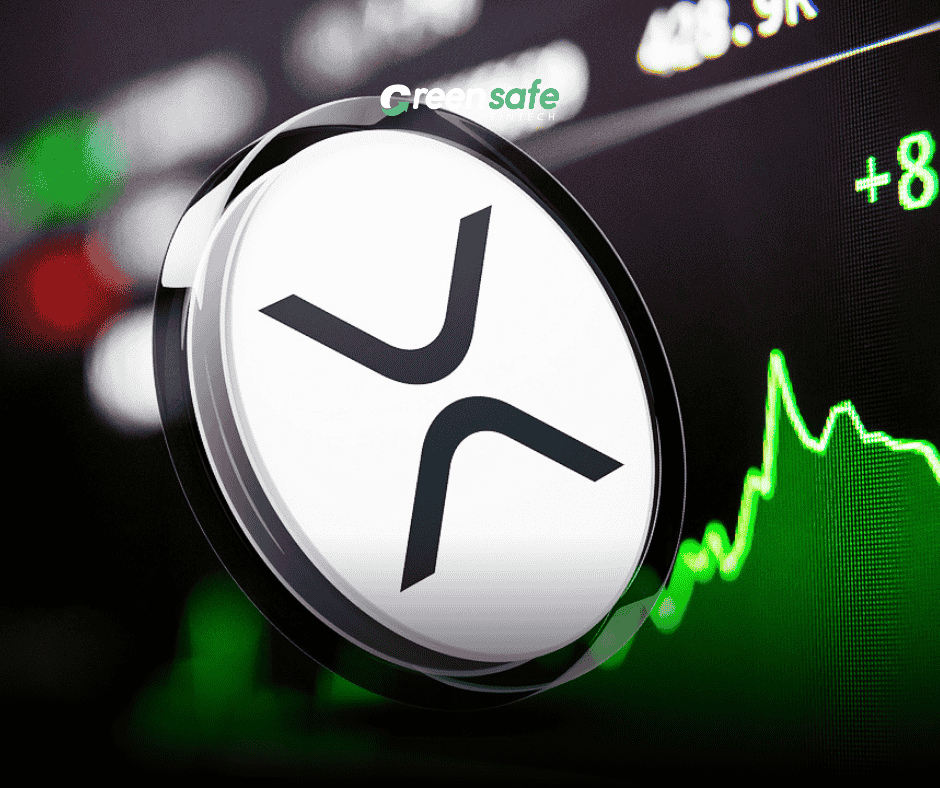Cardano founder Charles Hoskinson has voiced serious concerns over Ethereum’s long-term viability, suggesting it may not endure another decade and a half despite currently boasting the highest total value locked (TVL) among blockchain networks.
During a candid AMA session on Wednesday, Hoskinson, who also co-founded Ethereum, criticized the network’s core framework. He pointed to three critical weaknesses that could undermine its future: an inefficient accounting model, an outdated virtual machine, and a flawed consensus mechanism.
“These foundational issues cripple its scalability and sustainability,” Hoskinson warned.
Layer 2s Called “Parasitic”
Hoskinson also took aim at Ethereum’s reliance on Layer 2 scaling solutions like Arbitrum and Optimism. Rather than solving Ethereum’s bottlenecks, these L2s act more like parasites, he argued, siphoning value away from the base chain and fragmenting the ecosystem.
He compared Ethereum’s trajectory to failed tech giants such as Myspace and Blackberry—once pioneers, now relics. “Eventually, users will migrate to more efficient platforms, and Ethereum will be eclipsed,” Hoskinson said, predicting Bitcoin’s decentralized finance (DeFi) ecosystem could overtake Ethereum’s TVL.
He even predicted internal discord as governance challenges and economic tensions grow. “The Layer 2s will continue to extract all the alpha. People will fight, and Vitalik can’t hold it together forever,” he stated, forecasting a “hostile divorce” within the Ethereum community.
Ethereum’s 2025 Struggles
Ethereum has had a rocky start in 2025. With high gas fees, weak institutional adoption, and increasing regulatory pressure, ETH has underperformed in the market. Analysts have echoed Hoskinson’s concerns, pointing out that L2s are cannibalizing Ethereum’s value proposition.
Despite these headwinds, Ethereum is not out of the game yet. Upcoming network upgrades—Pectra and Fusaka, slated for late 2025—aim to dramatically boost scalability and reduce transaction congestion. According to Binance Research, these upgrades could enhance Ethereum’s viability for high-volume use cases, particularly in decentralized finance and payments.
In recent weeks, Ethereum has shown signs of life. After bottoming out near $1,500, ETH rebounded to $1,815 before slightly retracing to $1,743. The 9.3% weekly gain outpaced the overall crypto market’s 8.1% return, hinting that bullish momentum might be returning.
Whether Ethereum can silence its critics—or prove Hoskinson right—remains to be seen. But one thing is clear: the battle for DeFi dominance is far from over.











